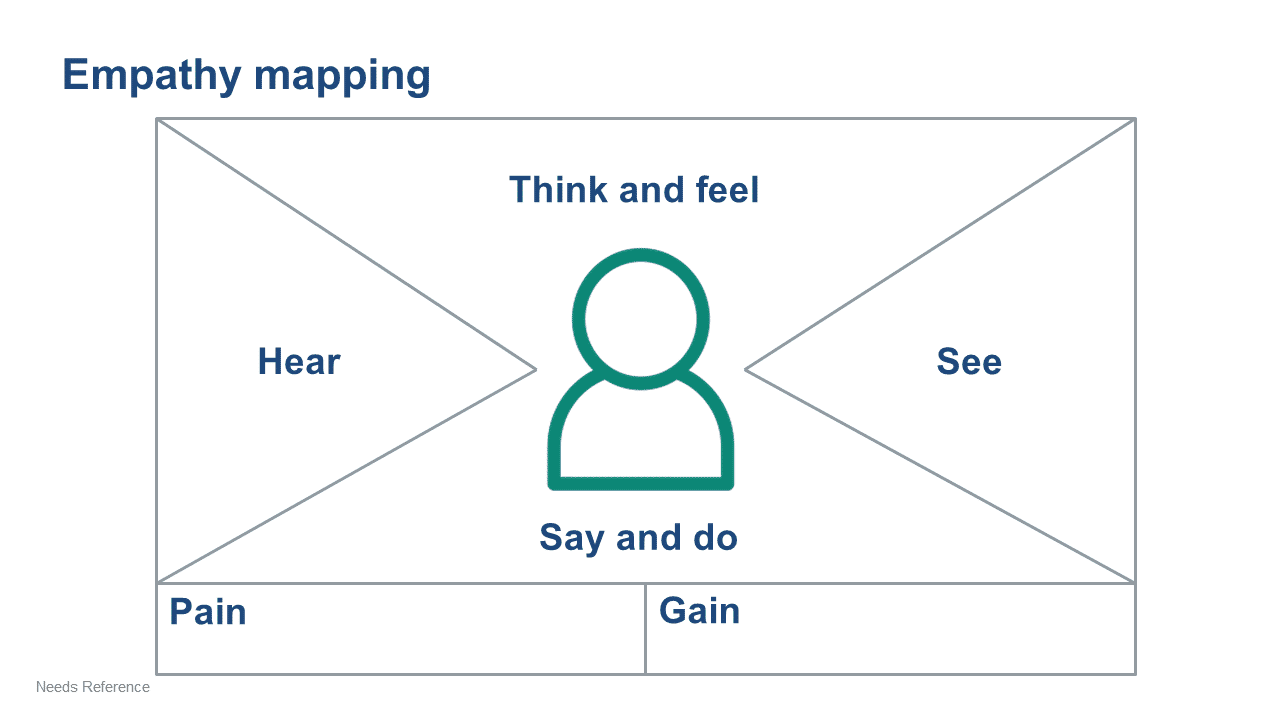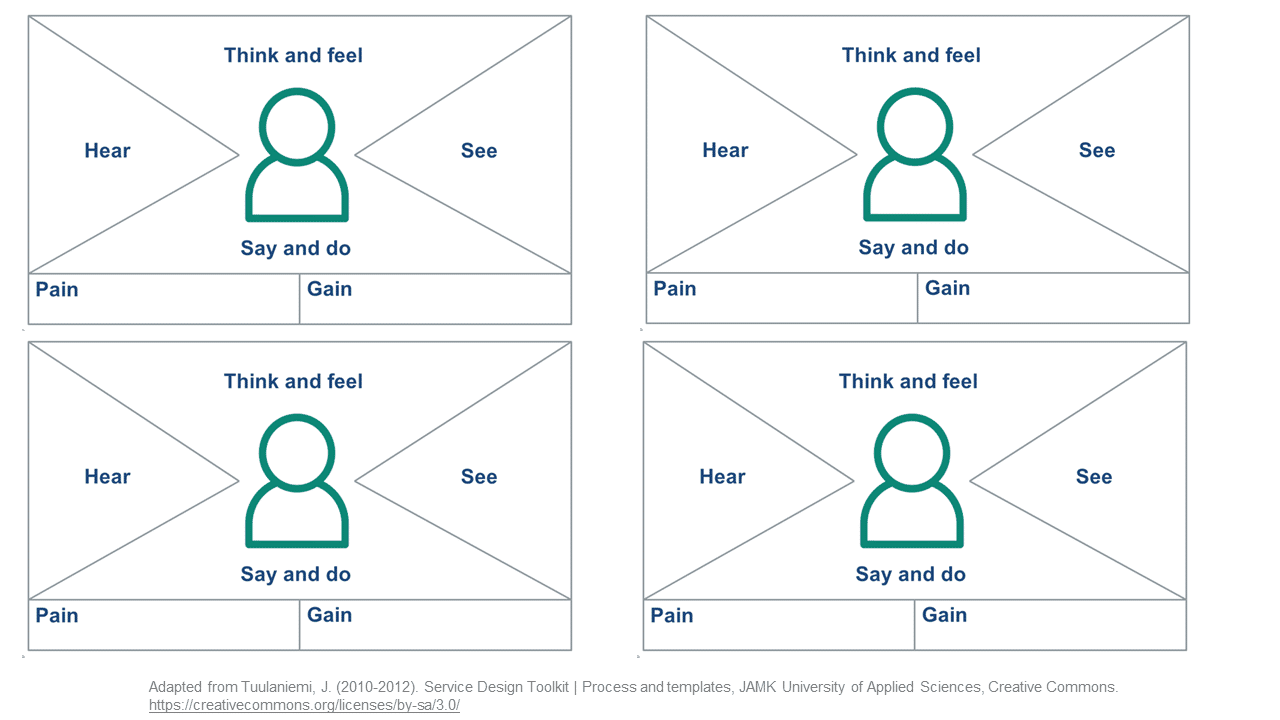79 Understanding the Stakeholder Landscape
Mapping Stakeholder Landscapes Understanding the Landscape
In any change situation there will people who are with you, indifferent and likely some opposed. As a change agent you need to be very aware of what is going on around you. You have most certainly experienced change and change initiatives during your time in the Army, so you know exactly what we are meaning here.
It might be useful for you to think about your state of mind during a change and which category you were in: ‘with’, ‘indifferent’, ‘opposed’. Think back to how you manifested your stage of mind and think about what impact that may have had on the change initiative and on its success.
To keep with the Batteries of Change framework, what kind of energy did you have around the change? Do you recall any steps that the person or teams took to ensure that the stakeholders were engaged? Was there some attempt at an ‘energy check’?
For any change opportunity, you must understand the various attitudes and beliefs of stakeholders that may directly and indirectly affect your opportunity and the likelihood of its success or failure.
-
1
You have already explored in this unit many of the reasons and processes that are at play.
-
2
You explored cultural brailling.
-
3
You studied the neuroscience of change.
-
4
You applied the SCARF model, so you know why and how people respond.
-
5
You also looked at the attitude formation model.
-
6
You know the power of small wins and why they work.
These are just some of the tools and processes that you have at hand.
The Army operates in a complex environment which is why we use the term ‘stakeholder landscape’. It is a strong metaphor and, in your roles, you probably know a lot about terrain and its impact. The metaphor reminds us that we need to have all our senses to the ready and start with the big picture before we start focusing on specific people, teams and other entities.
We encourage you to keep the ‘people’ in mind when you are exploring your stakeholder landscape.
As you begin to explore the stakeholder landscape of your change opportunity here some key points to keep in mind.
Here are some important things for you to consider.
-
bullet
Which key stakeholders have power and influence? Why?
-
bullet
How powerful are these stakeholder groups? What gives them this power?
-
bullet
How might this affect your change opportunity?
-
bullet
What are the desires of key individuals in the stakeholder group?
Stakeholder audit
This is the beginning of your Stakeholder Audit.
Now that you have begun to think carefully about your stakeholder landscape time to add some insights into the characters in your Second Act!
Numbered divider 1
1. The first thing to do is to write a paragraph about the change opportunity situation and context. You already have been working on this in your Conversation Template. Be clear about the people and groups involved, the location, your role, your team’s role if that is relevant, the reason for the change and specific points of interest that will highlight why this is important to you.
Numbered divider 2
2. Think of the overall stakeholder landscape for this situation and context. Identify the stakeholder groups that you think have a significant direct or indirect impact on your change opportunity.
Numbered divider 3
3. List the Stakeholder group names and write a short description of each main group or individuals including why they might be interested in some way in your work.
Numbered divider 4
4. We want you to choose at least three of the stakeholders from Step 3. It is best to choose from those you believe are highly important for your change opportunity.
HINT: This technique may be very useful for you when you are completing your @Work 2 activity.
There are many ways that you can figure out more about the stakeholder groups based on your knowledge and by observing and listening.
There are a few ways you already know how to draw some conclusions about their interests and impact. As well as those we mentioned above you will have some in your Reflective Journal. You also read earlier in this unit the hypothetical scenario thinking example of the stakeholders involved in a ‘Big Idea’ launch decision.
Here is a simple scoring approach that you could use. Write in the names of the people, teams or entity – the stakeholders.
Below we have provided a stakeholder scoring template below. Download the template and fill in the spaces in the template with the arrows.
↑ = Potential or actual positive impact/Supportive of the change opportunity
↔ = Neutral or unsure about an actual or potential positive or negative impact
↓ = Potential or actual negative impact/Opposed to the change opportunity
Complete the scoring in the columns. Look for patterns. If you have lots of these ↔ and ↓ you might have a bit of a battle on your hands!
Now that you have completed this activity we want you to read over all your observations.
What do you notice? Overall, what do you conclude about your stakeholder landscape? What impact did it have or might it have on you and your team for the context and situation and the project you were considering in this exercise?
What you did learn overall about the importance of examining the stakeholder landscape?
You are not quite finished with this exercise! Keep it in mind as you move on to the next lesson.
Stakeholders and empathy mapping
You have examined your stakeholder landscape and you applied a set of analytical processes and frameworks. Now we want you to dig a little deeper into at least the two most important stakeholders or stakeholder groups on your list. It might be good to choose one from the ↑ group and one from the ↓ group. Of course, you could go for broke and also do one from the ↔ group. Why not!
You are going to use an empathy mapping process to get to understand more about these stakeholders.1,2
We use this symbol when we want to think about stakeholders. We sometimes also call this our ‘think feel’ map. The empathy map looks like this:


We know that there are often many stakeholders in your landscape so we have created this visual to remind you to think both of the landscape idea and also that the stakeholders are likely to affect each other as well.
Each of the quadrants is a single example of an empathy map template. We put these four together to remind us that there are multiple stakeholders in most stakeholder explorations. Of course, there could be more or fewer.
We want you to apply an empathy mapping approach to understanding the stakeholder landscape. You will apply two concepts here:
-
1
Think of the overall landscape noting our reminder about the people who are the stakeholders.
-
2
Then we want you to explore at least two of the stakeholder groups using empathy mapping.
Empathy mapping
The first action you want to take is to explore the empathy mapping technique. Empathy Mapping, what we sometimes call the ‘Think-Feel’ approach, is the process of capturing, in a visual format, an individual’s answers to empathy-related probing on a specific topic. These questions will usually be framed around a specific problem, opportunity, product or service.
The core questions focus on what your stakeholder or stakeholder group think, feel, hear, see, say and do. When you really want to understand what it is that your stakeholder wants to do. If you need to know more about the why and the circumstances, empathy mapping is a great place to start.3,4
HINT: You spent some considerable time and effort on your user jobs to be done section. Empathy mapping is a perfect way to explore more about the user journey and the jobs to be done. You can also become truly creative and apply this technique to yourself and your situation! Why not.
Why use the tool?
Applying the empathy mapping process to understanding key elements of a stakeholder landscape means that you will choose the specific stakeholder group you want to explore. You will apply the questioning process and gather insights and observations that are relevant to you.
When you use it as a landscape exploration tool it is more likely that you will be able to research and figure out enough information and detail to be able to understand enough. Another trusted source might be someone such as a mentor or close team member who can give you more insights.
You can also go to the stakeholder group and work with them and complete the empathy map directly.
You just don’t want to be caught out or get an unwelcome surprise because you don’t know the battlefield.
Here is a template. Time to get started on these key actors in your Three Act play.
French and Raven’s 5 bases of power and influence
You now know much more about all the actors in your change opportunity. It is time to dig deeper.
As we have already highlighted, applying our thinking and problem-solving ability to practice requires a range of skills in terms of influencing positive change. So, when we are presenting our ideas to others, we are ultimately trying to influence their view or perception of an issue, an idea or of a way forward. Many researchers have studied the notion of power and influence and how this plays out within the work setting. In a work situation, we are continually seeking to influence others so understanding how to approach this is critical.
According to French and Raven, social power and social influence emerge from studies of psychology, sociology, and political science and can be witnessed in all social interactions5. French and Raven state that ‘the phenomena of power and influence involve a dyadic relationship between two agents which may be viewed from two points of view:
(a) What determines the behaviour of the person who exerts power?
(b) What determines the reactions of the recipient of this behaviour?’
The first theory that French and Raven talk about is Psychological Change. They define change to include changes in behaviour, opinions, attitudes, goals, needs, and values. In this program, we are interested in exploring how good leaders can understand the forces at play in social situations and can use this knowledge to positively influence outcomes or change. For example, a change in someone’s opinion may be the effect of someone else persuading that person to accept the opinion of him or herself. This can have both positive and negative effects in groups, and we can often use or overuse one style of influencing in particular situations. French and Raven categorise power in five different forms or bases.6 Let’s look at each of them in turn.
This is the power to force someone to do something against their will. It is often physical although other threats may be used. Coercion can result in harm, although its principal goal is compliance. Demonstrations of harm (or consequence) are often used to illustrate what will happen if compliance is not gained.
Coercion is also the ultimate power of all governments. Although it is often seen as negative, it is also used to keep the peace. Parents coerce young children who know no better. A person holds back their friend who is about to step out in front of a car. Other forms of power can also be used in coercive ways, such as when a reward or expertise is withheld, or referent power is used to threaten social exclusion.
References
- Adapted from: Tuulaniemi, J. (2010-2012). Service Design Toolkit | Process and templates, JAMK University of Applied Sciences, Creative Commons.
- Adapted from: Liedtka, J., & Ogilvie, T. (2019). The designing for growth field book: A step-by-step project guide. Columbia University Press.
- Adapted from: Tuulaniemi, J. (2010-2012). Service Design Toolkit | Process and templates, JAMK University of Applied Sciences, Creative Commons.
- Adapted from: Liedtka, J., & Ogilvie, T. (2019). The designing for growth field book: A step-by-step project guide. Columbia University Press.
- French, J.P. and Raven, B. (1960) The bases of social power, in D. Cartwright and A. Zander (eds) Group Dynamics (pp 607-623) New York, Harper and Row.
- Ibid.







